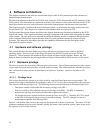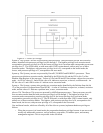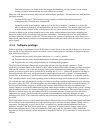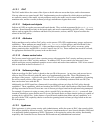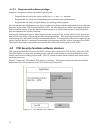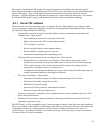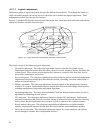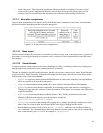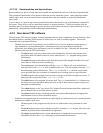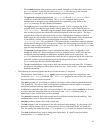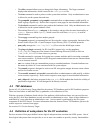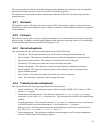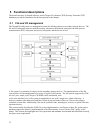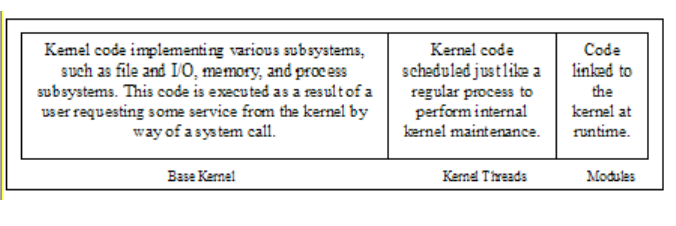
• Audit subsystem: This subsystem implements functions related to recording of security-critical
events on the system. Implemented functions include those that trap each system call to record
security critical events and those that implement the collection and recording of audit data.
4.2.1.2 Execution components
The execution components of the kernel can be divided into three components: base kernel, kernel threads,
and kernel modules depending on their execution perspective.
4.2.1.2.1 Base kernel
The base kernel includes the code that is executed to provide a service, such as servicing a user’s system call
invocation, or servicing an interrupt or exception event. A majority of the compiled kernel code falls under
this category.
4.2.1.2.2 Kernel threads
In order to perform certain routine tasks such as flushing disk caches, reclaiming memory by swapping out
unused page frames, the kernel creates internal processes, or threads.
Threads are scheduled just like regular processes, but they do not have context in user mode. Kernel threads
execute specific C kernel functions. Kernel threads reside in kernel space, and only run in the kernel mode.
Following are some of the kernel threads:
• keventd is a process context bottom-half handler that executes tasks created by interrupt handlers,
which are queued in the scheduler task queue.
• kapmd is a special idle task that handles the events related to Advanced Power Management.
• kswapd is a kernel swap daemon responsible for reclaiming pages when memory is running low.
The physical page allocator awakens it when the number of free pages for a memory zone falls below
a specific threshold.
• pdflush is a kernel thread that periodically flushes “dirty” buffers to disk based on a timer.
Multiple pdflush threads may run up to the maximum tunable by
/proc/sys/vm/nr_pdflush_threads.
• kjournald is a process that manages the logging device journal, periodically commits the current
state of the file system to disk, and reclaims space in the log by flushing buffers to disk.
• Kernel threads are created with a call to kernel_thread(), and users can list them with the ps
axu command. The command shows the kernel threads in square brackets, and can be recognized by
their virtual memory size (VSZ) of 0; an example is [kjournald].
25
Figure 4-4: Kernel execution components




